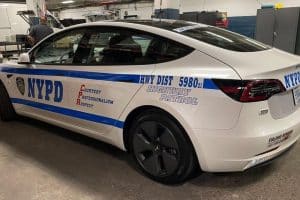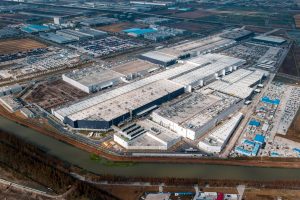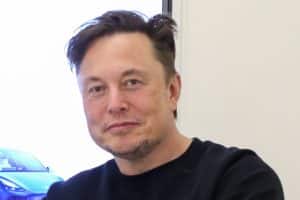Tesla has declined $6.4 million in funding that would have been used to build four massive Supercharger stations in California due to stipulations with integrated payment methods that must be utilized to receive the money.
In September, Tesla planned to build four massive Superchargers, some with more than 100 total stalls, making them amongst the largest in the world.
The Superchargers were expected to be located throughout California, including a 164-stall site in Coalinga and two 100-stall sites in Willows and Barstow. California continues to lead the country in Tesla ownership, so it is ideal that the largest Supercharger stalls be located there.
Tesla was going to receive funding for these projects through the California Energy Commission’s Clean Transportation Rural Electric Vehicle Charging Program and was set to receive $6.4 million to build out these massive stations.
However, Tesla will not accept the funding, according to a letter obtained by Drive Tesla, as the stipulations related to payment infrastructure requirements are not something the automaker will align with. Tesla’s Policy and Business Development Lead in California, Jennifer Cohen, wrote to the CEC:
“The California Clean Energy Commission (CEC) has been a great visionary in the expansion of electric vehicle (EV) charging infrastructure in California. Unfortunately, due to unnecessarily cumbersome payment infrastructure requirements, we are unable to utilize this award.”
According to the Program’s Application Manual, qualifying chargers must have “multiple point-of-sale methods” and require stalls to offer payment methods such as “ISO 15118 Plug-and-Charge, a device which accepts RFID or Smart cards, or payment through mobile apps.”
Tesla’s Superchargers do not have screens, and the vehicle connects to the Supercharger with the credit card linked to the owner’s account. This creates a streamlined and touchless payment process and is simply linked to the card on file.
Tesla may not have plans to implement a POS system on its Superchargers, and this would immediately disqualify it from qualifying for the funding anyway. However, the State granted the automaker the ability to make the choice themselves, and they declined.
As for the Supercharger stations, it is unclear whether the plans will move forward. However, Tesla continues to build out its robust Supercharger network, which makes it more than believable that it will be able to find funding from other sources.
Tesla recently opened some of its Supercharger Network to non-Tesla EVs so it could qualify for a slice of $7.5 billion set aside for the expansion of the EV charging network through the Bipartisan Infrastructure Deal.





